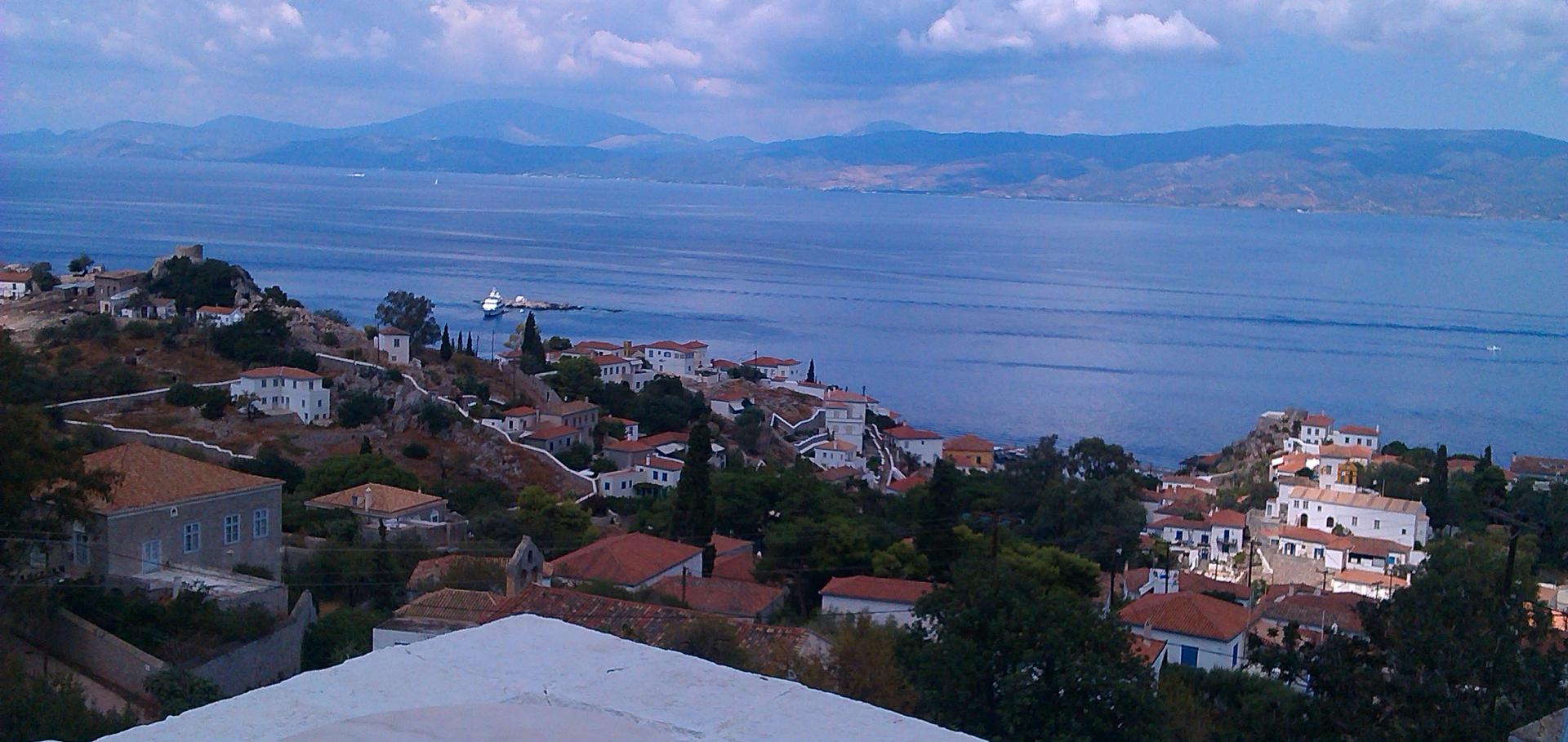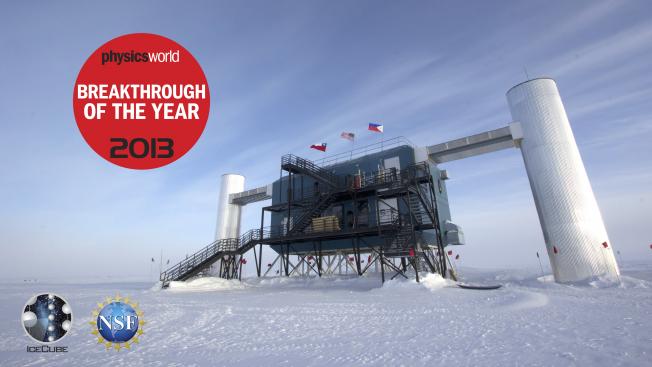Search for astrophysical tau neutrinos in three years of IceCube data
Physical Review D (2016)
Abstract:
© 2016 American Physical Society.The IceCube Neutrino Observatory has observed a diffuse flux of TeV-PeV astrophysical neutrinos at 5.7σ significance from an all-flavor search. The direct detection of tau neutrinos in this flux has yet to occur. Tau neutrinos become distinguishable from other flavors in IceCube at energies above a few hundred TeV, when the cascade from the tau neutrino charged current interaction becomes resolvable from the cascade from the tau lepton decay. This paper presents results from the first dedicated search for tau neutrinos with energies between 214 TeV and 72 PeV in the full IceCube detector. The analysis searches for IceCube optical sensors that observe two separate pulses in a single event - one from the tau neutrino interaction and a second from the tau decay. No candidate events were observed in three years of IceCube data. For the first time, a differential upper limit on astrophysical tau neutrinos is derived around the PeV energy region, which is nearly 3 orders of magnitude lower in energy than previous limits from dedicated tau neutrino searches.Search for features in the spectrum of primordial perturbations using Planck and other datasets
Journal of Cosmology and Astroparticle Physics IOP Publishing 2015:12 (2015) 052-052
Abstract:
We reconstruct the power spectrum of primordial curvature perturbations by applying a well-validated non-parametric technique employing Tikhonov regularisation to the first data release from the Planck satellite. To improve the reconstruction on small spatial scales we include data from the ground-based ACT and SPT experiments, the WiggleZ galaxy redshift survey, the CFHTLenS tomographic weak lensing survey, and spectral analysis of the Lyman-α forest. The reconstructed scalar spectrum (assuming the standard ΛCDM cosmology) is not scale-free but has an infrared cutoff at k ≲ 5 × 10-4 Mpc-1 and several (2-3)σ features, of which two at wavenumber k/Mpc-1 0.0018 and 0.057 had been seen already in WMAP data. A higher significance feature at k ∼ 0.12 Mpc-1 is indicated by Planck data, but may be sensitive to the systematic uncertainty around multipole ℓ ∼ 1800 in the 217×217 GHz cross-spectrum. In any case accounting for the 'look elsewhere' effect decreases its global significance to ∼2σ.Contributions to ICRC 2015 Part I: Point Source Searches
Proceedings of Science Scuola Internazionale Superiore di Studi Avanzati (2015)



